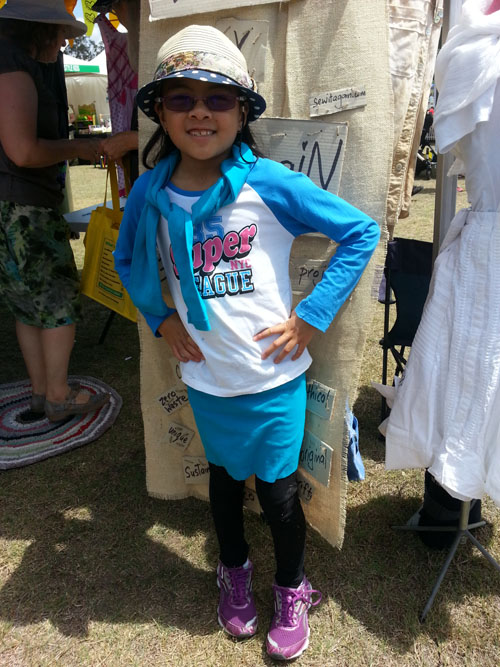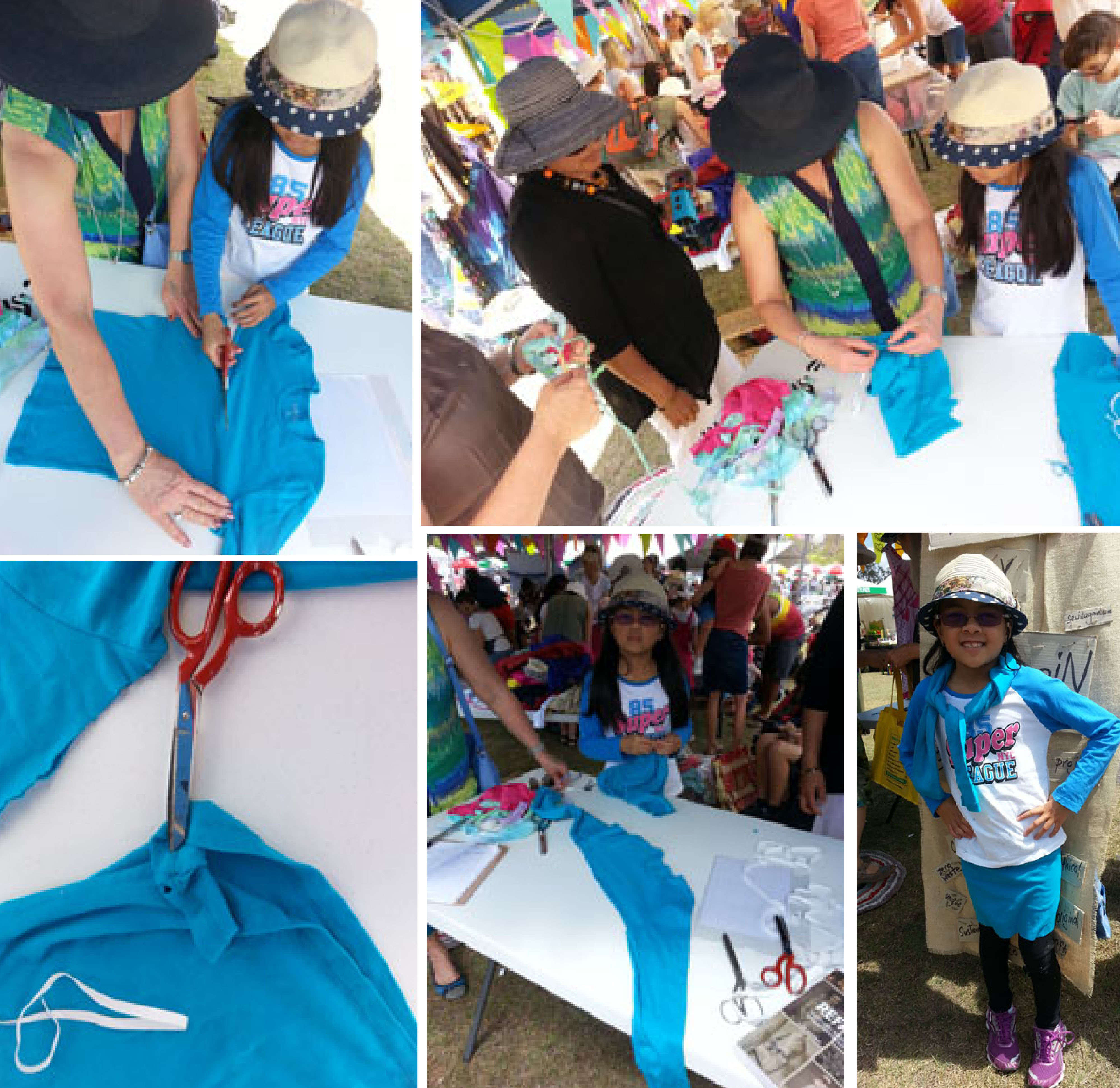 Australian cotton has a great story to tell about its reduced use of pesticides and water, as outlined in yesterday’s post. What has enabled those efficiencies is that cotton plants have been genetically modified to resist insect attack by heliothis pests.
Australian cotton has a great story to tell about its reduced use of pesticides and water, as outlined in yesterday’s post. What has enabled those efficiencies is that cotton plants have been genetically modified to resist insect attack by heliothis pests.
Additionally, cotton growers routinely engage agronomists to check the crop several times a week to oversee the level of beneficial insects and decide when irrigation needs to be scheduled for best effect.
Cotton plants not only produce fibre, but also food in the form of cotton seed which is used as animal feed – with the ratio being two tonne of cotton seed for every one tonne of fibre produced.
When it comes to food for human consumption, most Australians prefer to buy locally grown product – which was a really clear message that came out of the Save the Aussie Banana campaign.
The preference for Australian product also resonates with clothing (even though 92 percent of our clothing is now imported according to Choice magazine, because of global supply chains and cheaper labour costs).
Cotton products identified as being made from 100% Australian cotton are now on the market – including 100% Australian cotton T-shirts for sale in Target and 100% Australian cotton Dri Glo towels.
Meanwhile, we’re continuing with the Sew it Again upcycles from the Green Heart Fair. Today’s is an upcycle by Veronica of a cast-off T-shirt refashioned into a skirt. It was just a matter of cropping off the t-shirt under the sleeves, turning it upside down and inserting elastic in the hem (knotted to secure it) to become a skirt. The sleeves can be tied together as a scarf. This look has character, is creative and gives a reject shirt a second life as a skirt.
